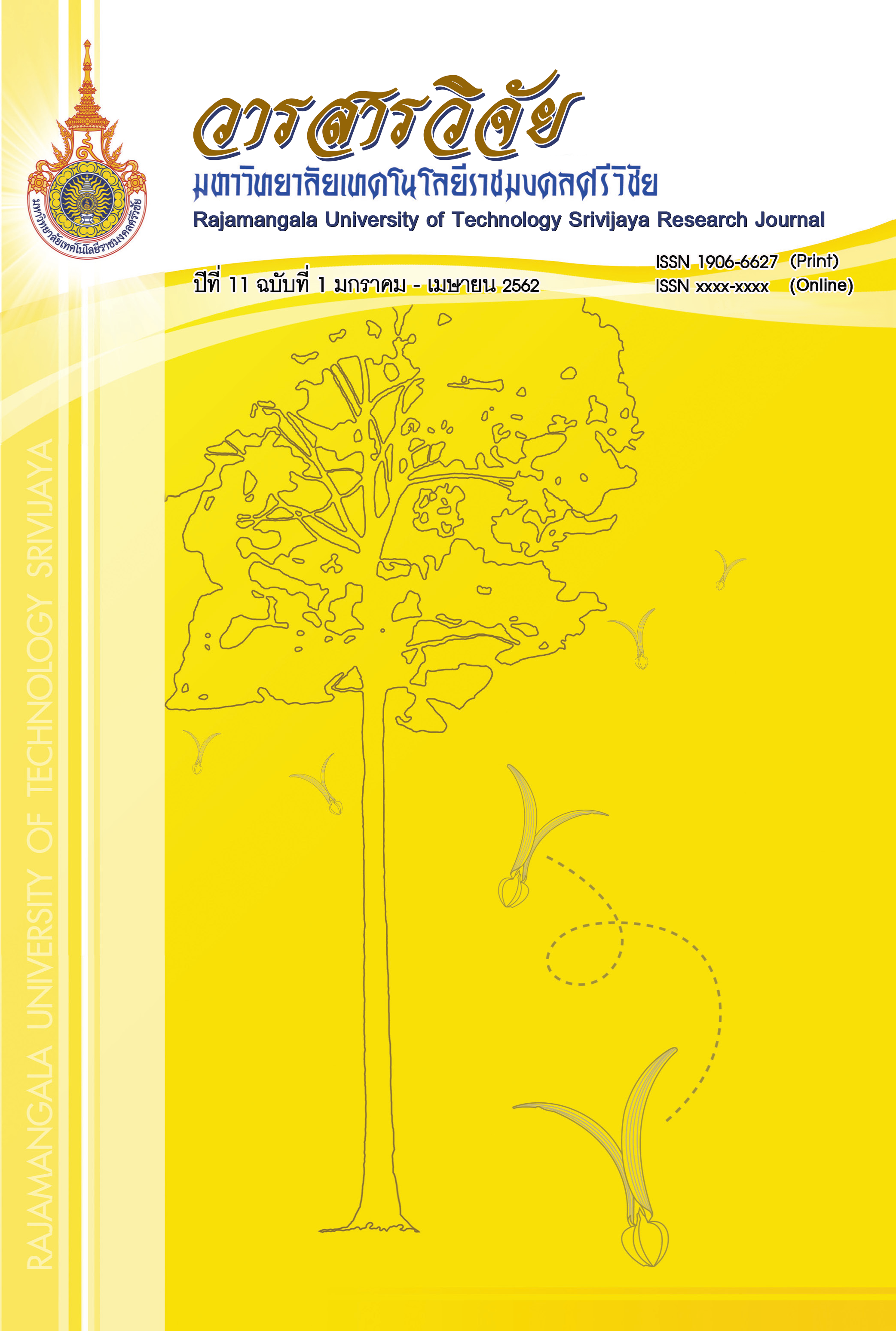Environmental Factors Affecting the Growth of Anoectochilus burmanicus Rolfe, Ban Pong Krai, Pong Yang Sub District, Mae Rim District, Chiang Mai Province
Keywords:
Anoectochilus burmannicus Rolfe, jewel orchid, morphology, anatomy, mycorrhiza, soil analysisAbstract
The objective of this research was to study the environment that affect the growth of Anoectochilus burmanicus Rolfe. The study sites were located in Ban Pong Krai Forest, Pong Yang Sub District, Mae Rim District, Chiang Mai Province. The plant survey was considered for two types, 9 plots for 2m × 2m, and 1 plot for 10m × 10m using specific sampling method at 1,000 meters above the mean sea level (MASL). Altitude, soil temperature, and light intensity were measured. Soil sample at 0-30 cm. in each plot was collected for soil properties analysis including pH, bulk density of soil (Db), organic matter (OM), N, P, K, Ca, Mg and S. The number and density of A. burmanicus Rolfe cover in each plot were collected. Morphological characteristics including stem height, bush width, number of node, number of leaves, leaf width, leaf length, number of veins, number of flowers, and inflorescence length were recorded. The relationship between environment, plant growth, and density was subjected to Pearson’s correlation analysis.
The relationship between the environment and the plant density indicated that N, Ca, S, OM and light intensity (p<0.01) had a positive relationship with the density of A. burmanicus Rolfe. While, on the other hand, Db, P and K (p<0.01) had a negative relationship. The relationship between the environment and the growth of
A. burmanicus Rolfe demonstrated that soil temperature had a positive relationship with number of node (p<0.01) and leaf width (p<0.05), N had a negative relationship with leaf length (p<0.05), P had a positive relationship with number of flowers and inflorescence length (p < 0.05) and had a negative relationship with number of node (p<0.01), K had a positive relationship with number of node (p<0.01), Ca had a positive relationship with number of leaf (p<0.01), leaf width and leaf number (p<0.05), S had a positive relationship with number of leaves (p<0.05), number of flowers and inflorescence length (p<0.01), and, pH had a positive relationship with number of node (p<0.01)
The results of this research on the environment of the undisturbed evergreen forest at the height of 1000 meters above the mean sea level indicated that the soil was moderately alkaline, the amount of organic matter in the soil was high, and nutrients in the soil were moderately high which was suitable for the growth of A. burmanicus Rolfe.
Downloads
Published
How to Cite
Issue
Section
License
The content and information in the article published in Journal of Rajamangala University of Technology Srivijaya It is the opinion and responsibility of the author of the article. The editorial journals do not need to agree. Or share any responsibility.







